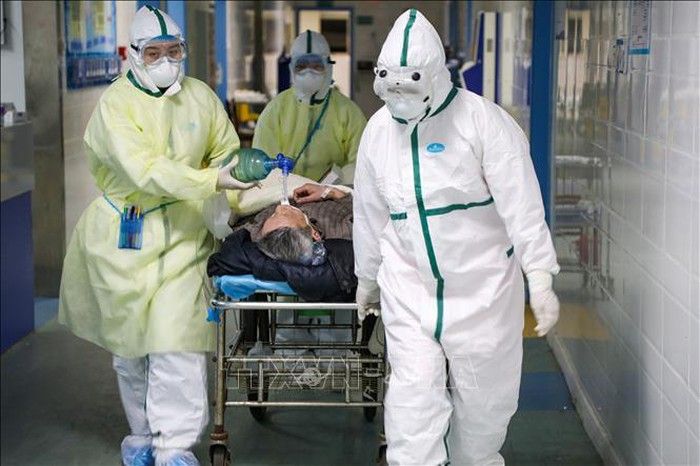The use of personal protective equipment (PPE) is very helpful in protecting healthcare personnel from potentially infectious patients and materials, toxic medications, and other potentially dangerous substances used in healthcare delivery. Tim Pakar Gugus Tugas COVID-19 BNPB, led by Prof. Wiku Adisasmito, explained the standard use of PPE based on the current laws.
BNPB categorizes PPE to two categories, PPE for general community and PPE for health workers. PPE for public community includes 3-ply-mask made of cotton, except for those who experience flu symptoms or influenza. As for health workers, PPE is categorized into three levels based on protection level.
The first level of PPE is used for doctors and nurses in general polyclinic, pre-examination triage, and patient intervention which does not produce aerosol. Other than that, first level of PPE is also used for ambulance driver and administration staff in healthcare facility. PPE level one includes surgery mask and disposable hand gloves—once the paramedic need to perform contact with patient’s body fluid.
The second level of PPE is used for doctors and nurses in general polyclinic, examination room for patients with respiratory infection symptoms, patient intervention room, surgery room, and COVID-19 patient care room. This level of PPE is also used for ambulance driver when transporting patients with COVID-19 (PDP, ODP, or confirmed), laboratory staff, radiographer, pharmacy staff in outpatient area for fever patients, and janitors in COVID-19 patent room. The second level of PPE includes 3-ply surgery mask, gown, disposable hand gloves, nurse cap, and goggle. Especially for analyst, radiographer, pharmacy staff, and janitor, there are differences of PPE depending on the type of job.
The third level of PPE is used for health workers in surgery or intervention room for patients suspected or confirmed of COVID-19. Other than that, this level of PPE is also used in autopsy room and when taking respiratory sample (swab) for COVID-19 examination. This level of PPE is includes N95 mask or equivalent, coverall, boots, goggle, disposable sterile hand gloves, nurse cap, and apron.
One of the biggest problem in fighting COVID-19 is getting a sufficient number of personal protective equipment (PPE), such as hazmat suit and surgical. The entire world is currently experiencing high demand for such equipment. PPE shortages are currently posing a tremendous challenge to the national healthcare system because of the COVID-19 pandemic. Healthcare facilities are having difficulty accessing the needed PPE and are having to identify alternate ways to provide patient care. Healthcare personnel and facilities—along with their healthcare coalitions, local and state health departments, and local and state partners—will have to work together to develop strategies that identify and extend PPE supplies, so that recommended PPE will be available when needed most.
